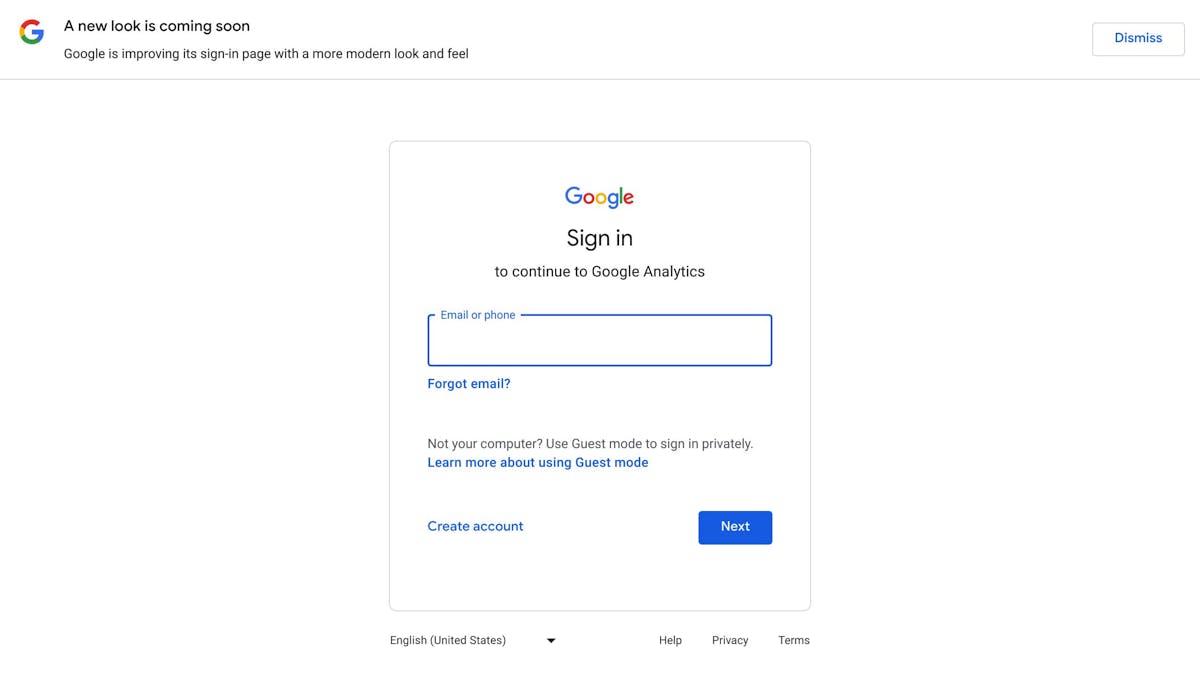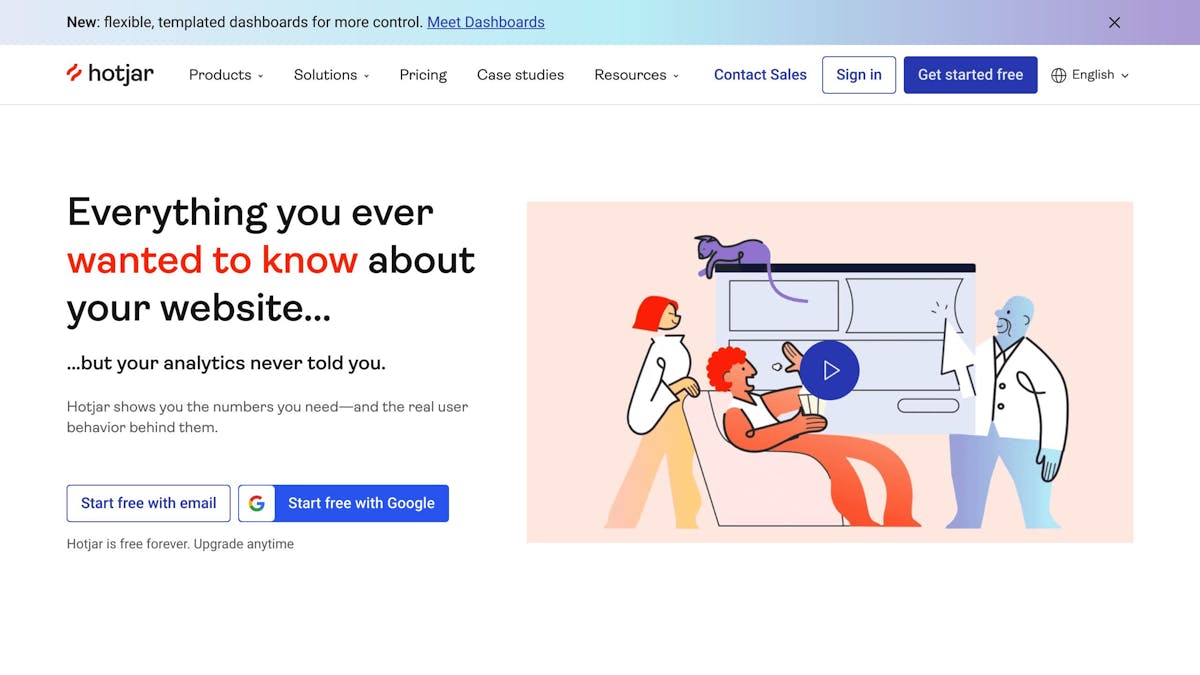
Blog for eCommerce Store
Starting a blog for your eCommerce store is a game-changer. It not only drives more traffic to your site but also increases sales, saves on marketing costs, and strengthens your brand identity. Here’s a quick guide on how to do it right:
- Understand Your Audience: Use data and tools like Google Analytics and Hotjar to know what your readers like.
- Craft an eCommerce Content Strategy: Set goals, map the buyer's journey, create content guidelines, and plan with an editorial calendar.
- Create Valuable Content: Explore high-performing formats like how-to guides, list posts, product reviews, and more. Optimize your writing and incorporate visuals to make your content engaging.
- Promote Your Blog Content: Leverage social media, email marketing, and influencer partnerships to reach a wider audience.
- Measure Content Performance: Keep track of your blog's performance with KPIs and analytics platforms, and use A/B testing to refine your strategy.
By focusing on creating content that resonates with your audience and using smart promotion tactics, your blog can significantly contribute to your eCommerce business's success.
Leverage Existing Customer Data
-
Look at what people buy the most and how often they come back to buy again. This tells you what they like.
-
See if people from certain places buy certain things. You can write posts that those folks will find interesting.
-
Find out how people find your site. If they come from a certain blog or social media, you can write more about those topics.
-
Check what pages people spend the most time on and what they click on. This shows you what catches their eye.
-
Ask your customers what they want to read about. Getting ideas straight from them is super helpful.
By digging into this data, you can get a clear picture of who's reading your blog and what they want to see.
Google Analytics

Google Analytics is a tool that helps you see who visits your site:
- Acquisition reports tell you where your visitors come from and what keywords bring them in. Use this info to make your content more appealing.
- Audience overviews show you the age, gender, and interests of your visitors. This helps you write stuff they'll like.
- Interest categories let you know what your visitors are into. You can match your blog posts to these interests.
Using Google Analytics helps you write blog posts that more people will want to read and share.
Hotjar

Hotjar shows you how people move around on your site:
- Recordings let you see where people get stuck or confused. You can fix these spots to make your site better.
- Heatmaps show you what buttons and links people click the most. You can talk more about these topics.
- Surveys let you ask visitors what they think. You can use their answers to improve your blog.
- Funnels show you where people stop following through on buying or signing up. You can make these parts of your site more enticing.
Hotjar gives you a sneak peek into what your visitors do and don't like. Use this info to make your blog posts more engaging.
In short, using tools and customer feedback helps you really understand what your readers are looking for. When you know what they like, you can create blog posts that they'll enjoy reading and want to come back to.
Crafting an eCommerce Content Strategy
Goal Setting
First, figure out what you want your blog to achieve. Think about goals like:
- Getting more people to visit your site
- Having folks share your posts on social media
- Getting more people to sign up for your emails
- Selling more or higher-priced items
Break these big goals into smaller steps and set deadlines. For example, to get more site visitors, you might:
- Write and post 2 articles each week
- Make 5 new pages for important topics
- Aim to get 10 new links to your site each month
Setting clear, specific goals helps you stay on track.
Mapping the Buyer's Journey
Think about the steps a buyer takes from finding out about your store to making a purchase. This can include:
Awareness
- How they first hear about you
- Their first visit to your site
- Questions or concerns they might have
Consideration
- Looking at different options and prices
- Checking out product quality and features
- Starting to trust your brand
Decision
- The final push they need to buy
- Reading reviews or looking for deals
Plan different types of posts for each step to help guide them to buy.
Creating Content Guidelines
Keep your blog consistent by setting rules for:
Voice and Tone
- How you sound in writing
- Your style of talking
- What makes your brand unique
Imagery
- How photos should look
- Where to get images from
- Design rules for graphics
Calls-to-Action
- Where to put buttons
- What the buttons say
- What you want readers to do
SEO
- How to use keywords
- What to put in the title and description
- How to link to other pages on your site
Having guidelines helps everyone write in a way that fits your brand.
Editorial Calendar
An editorial calendar is a plan for your content. It should include:
- When you'll post each piece
- Who's writing it
- The type of content and its main idea
- How it ties back to your goals
- A checklist for making it SEO-friendly
Calendars help you see what you're covering and when. They make it easier to work together and plan ahead.
Check how well your content is doing regularly. Use what you learn to make your future posts even better. Staying organized and consistent is key to connecting with your readers.
Creating Valuable Content
Top Performing Content Formats
When you're making content for an eCommerce store, some types of posts work really well. Here's a quick look at them and how they help:
How-to guides - These posts are great because they help solve problems step by step. They're good for making your readers trust you.
- Traffic: High
- Engagement Rate: High
- Conversion Rate: Moderate
List posts - These are easy to read and can get a lot of people to share them.
- Traffic: High
- Engagement Rate: High
- Conversion Rate: Moderate
Product reviews - They help people trust what you're selling and make them more likely to buy.
- Traffic: Moderate
- Engagement Rate: High
- Conversion Rate: High
Influencer features - Using influencers can get more people to know about your brand.
- Traffic: Moderate
- Engagement Rate: High
- Conversion Rate: Low
Giveaways - These are good for getting people to talk about your brand and sign up for emails.
- Traffic: High
- Engagement Rate: High
- Conversion Rate: Low
Try different types of posts to see what your audience likes the most.
Optimizing Blog Writing
When you're writing, make sure your titles, starts, sections, and calls to action are good.
Titles
Titles should:
- Make clear what you're talking about
- Use important words that people might search for
- Ask questions or use numbers to make them interesting
👎 Not so good title: Best Running Shoes
👍 Better title: The 7 Best Running Shoes for Plantar Fasciitis in 2023
Introductions
Starts should:
- Tell readers what they'll learn right away
- Show you know what you're talking about
- Give a quick preview of the main points
Sections
Sections should:
- Use headings to break up the text
- Include tips, ideas, examples, and numbers
- Keep paragraphs short - 3 to 5 sentences
Calls-To-Action
CTAs should:
- Fit with what you're talking about
- Use clear words that tell readers what to do
- Link to products or pages that match the topic
Following these tips will help make your blog posts interesting and get readers to do something.
Incorporating Visuals
Adding pictures and videos makes your blog better because:
Photos
- Show what you're selling being used
- Capture feelings and lifestyle
- Give credit to the person who took the photo
Illustrations
- Help explain tough topics with pictures
- Make your posts easier to look at
- Set the mood for your brand
Videos
- Show how things work better than words can
- Help people understand and remember
- Keep readers entertained
Infographics
- Make numbers easy to understand
- Compare things side by side
- Are easy to share
Using pictures and videos makes your blog more fun to read and share. Use them to help tell your story.
sbb-itb-be22d9e
Promoting Your Blog Content
Social Media Marketing
Sharing your blog posts on social media is a smart move to get more eyes on them. Here's how to do it:
-
Make it easy to share your posts by adding share buttons for Facebook, Twitter, Pinterest, and LinkedIn right on your blog.
-
Post your content more than once on each platform, at different times and days, to catch more of your followers.
-
Use hashtags that match what you're talking about, like #ecommerce or #smallbusiness, so more people can find your posts.
-
Host contests or giveaways on social media. You can ask folks to share, like, or comment on your posts to win something.
-
Try paid ads on places like Facebook and Instagram. You can make sure these ads show up for just the right people.
-
Talk to your followers by responding to their comments and messages. Being friendly and helpful makes people more likely to stick around.
Social media can really help spread the word about your blog if you use it well.
Email Marketing
Email is a great way to let people know about your new blog posts. Here are some ideas:
- Send out a blog newsletter with the latest posts every so often. Include little previews and links to read more.
- Welcome new email subscribers with a message that includes links to your best posts.
- Send special emails for really important posts. Pick an interesting part of the post to show in the email to get people to click.
- Set up automatic emails for when people leave something in their cart without buying. You can suggest blog posts that might help them decide.
- Use popups or slide-ins to get people to sign up for your emails. Offering a discount for signing up can work well.
Email lets you talk directly to people who are interested in what you have to say. Use it to share your new blog posts with a wider audience.
Influencer Partnerships
Working with influencers can help more people find out about your blog. Here's how:
-
Find influencers who talk about things related to what you sell. Look for ones with real, engaged followers.
-
Consider working with smaller influencers. You can write guest posts for their blogs or team up for a giveaway.
-
Send influencers free stuff to show off on their social media, and ask them to mention your blog posts too.
-
Pay for some influencers to share your content. Videos are especially good for sharing a lot of information.
-
Start an affiliate program. This means you give influencers a cut of the sales they help make.
Influencers can introduce your blog to their followers. Offer them interesting content, and they can help you reach more people.
Measuring Content Performance
Content KPIs
Key performance indicators (KPIs) are like scoreboards for your blog. They show you how well your articles are doing. Here are some scores to watch:
-
Pageviews: How many times someone looked at your post. More views mean more people are interested.
-
Bounce rate: If someone leaves your site quickly after clicking on one post, that's a bounce. You want this number to be low because it means people stick around to read more.
-
Time on page: This tells you how long people spend reading your article. Longer times mean they're really getting into it.
-
Social shares: How often people share your post on sites like Facebook or Twitter. More shares mean more people are talking about your content.
-
Backlinks: These are links from other websites to your blog. They're great for boosting your SEO.
-
Scroll depth: This shows how far down the page people scroll. If they're going deep, they're probably reading most of your article.
-
Goal conversions: This happens when someone does something you want after reading, like buying something or signing up for your email list. It's a big win.
Keeping an eye on these scores can help you understand what your readers like.
Analytics Platforms
To keep track of all these KPIs, you need some tools. Here are a few:
Google Analytics
- It's free and pretty easy to start with.
- It can tell you where your readers come from, what kind of device they're using, and more.
- Works well with other Google services.
Mixpanel
- Lets you get really specific about who's reading and what they're doing.
- Can track readers across different devices.
- Good for seeing if people are reaching your goals.
Adobe Analytics
- Best for handling a lot of data.
- You can customize reports and predict trends.
- It's a paid tool, so maybe better for bigger businesses.
Pick a tool that fits your needs and budget. Starting with Google Analytics is a good choice for most new blogs.
A/B Testing
A/B testing is like a science experiment for your blog. You show two versions of something to different people and see which one does better. You can test:
- Headlines to see which one grabs attention.
- Different pictures to see which one people like more.
- How you word your call-to-action to get more clicks.
- Changing how your page looks to see if it makes people stay longer.
Then, you pick the winner and use that for everyone. Testing one thing at a time helps you know exactly what made the difference. Doing this over and over can make your blog much better.
Conclusion
To wrap it up, if you're running an online store, having a blog is super important. It helps bring more people to your site, boosts sales, saves money on ads, and lets you connect better with your customers. Here’s what you should keep in mind:
- Be clear about what you want your blog to do.
- Think about what your customers are looking for at each step of buying something and write posts that help them.
- Decide how you want your blog to look and feel, and stick to it.
- Plan your posts ahead of time with a calendar.
- Try out different kinds of posts to see what works best.
- Use pictures and videos to make your posts more interesting.
- Share your posts on social media and through emails to reach more people.
- Work with people who have a lot of followers and can help spread the word.
- Always check how your posts are doing and try out new things to see what gets the best response.
By really focusing on making good content that people want to read, and by using smart ways to get your posts out there, your blog can make a big difference for your business. It’s all about being regular with your posts and making sure they’re helpful and interesting.
